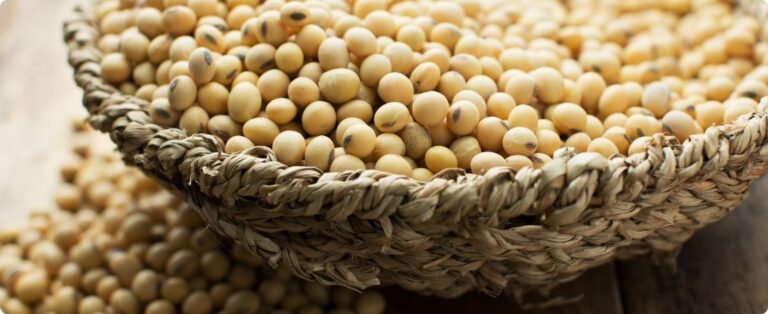
Events in 2022 triggered a significant rise in vegetable oil prices, the effects of which are still being felt in 2025. Russia's invasion of Ukraine has created uncertainty about global oil supplies. Sunflower oil, considering that both countries are among the largest producers of this oilseed. In response, several nations adopted protectionist measures, restricting exports of other vegetable oils. At the same time, the La Niña climate phenomenon caused a severe drought in Argentina, resulting in a reduction of almost 50% in oil production. soy. In Europe, the exceptionally hot and dry summer, the most severe in the last two thousand years, negatively impacted olive oil production, especially in the southern region. The combination of these factors led to a sharp increase in vegetable oil prices in the 2022/2023 harvests, especially in the case of olive oil.
Mediterranean drought reduces olive oil production
The drought that hit Europe between June and September severely affected the Mediterranean basin, the main olive-producing region. Consequently, high temperatures and lack of rain caused olive trees to dry out and the fruit to wilt, significantly compromising production. For example, Spain, the world's largest producer, recorded a reduction of 33% in production, falling from 1.2 million to 800 thousand tons in the 2022/2023 harvest. Thus, this reduction represented a loss of approximately 40% of global olive oil stocks during the period.
In this scenario, given the drastic reduction in Spanish stocks, the international olive oil market turned its attention to other producing countries. Furthermore, in order to guarantee domestic supply, especially in European countries, there was a significant increase in demand for olive oils from nations such as Argentina, Tunisia and Türkiye.
Argentina, with an estimated annual production of 25,000 tons of olive oil, mainly supplies the domestic market and neighboring Latin American countries, especially Brazil. The growing demand, combined with limited supply, has allowed Argentine producers to add value to the product, which has resulted in a significant improvement in financial indicators. However, this appreciation has negatively affected consumers' purchasing power.
Value triples and climate impacts production
The average value of olive oil exports increased substantially, rising from €3,000 per tonne in 2022 to €9,000 per tonne in 2024, representing an increase of 3,00% in two years. Additionally, freight costs, influenced by the pandemic and the shortage of containers, experienced an exponential increase, further increasing total export costs.

In contrast to the drought conditions that affected European production in previous years, Argentine producing regions, especially San Juan, faced a harsh winter in 2024 and 2025, with severe frosts that significantly compromised olive tree flowering and, consequently, fruit production. This climatic adversity resulted in an estimated reduction of 30% in national olive oil production compared to the average of previous years, although the definitive data for the 2025 harvest will not be consolidated until May of this year.
With a milder and rainier summer due to the El Niño effect, Spain managed to recover its production figures, returning to an average of 1.2 million tons in the 2024/2025 harvest, according to data presented by the Spanish Ministry of Agriculture, Fisheries and Food in early January. Olive oil prices have been gradually declining since July, due to good weather and yield projections, bringing the market a possible relief regarding the availability of the product and more balanced prices for the coming quarters of the year.
By Júlia Vilela, sunflower oil and olive oil specialist at Aboissa
Review by Vanessa Ferreira















